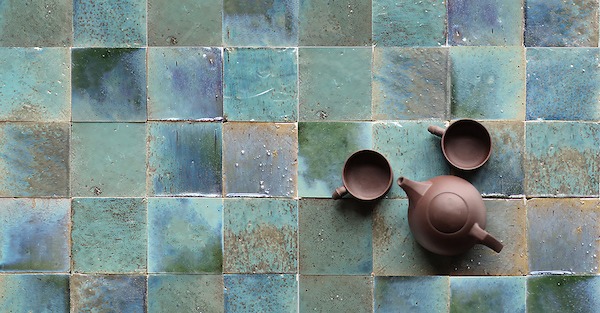Solid Objectives – Idenburg Liu (SO-IL) is an architecture firm known for setting directions rather than making statements. The firm rarely fails to help us think about where we are, but more important, where we’re heading.
Its loosely choreographed and intuitive attitude toward our environment made a major splash on June 24 when its winning entry was unveiled at the Museum of Modern Art’s (MoMA) Eleventh Annual PS 1 Young Architects Program in Queens, N.Y.
“With this project, we’re building instability into a physical structure,” Jing Liu, partner in the firm, says of the installation known as POLE DANCE. “It’s a metaphor for the love affair between us and our environment.”
It consists of 70 vertical fiberglass poles, 30 feet tall, connected horizontally by bungee cords and anchored to the ground by rubber pivoting bases usually found on windsurfing boards. “They’re flexible,” she says of the poles. “They’re resilient, but they wouldn’t stand on their own.”
The entire installation covers 15,000 square feet. When one pole moves, the entire structure – poles, bungee cords and netting above – follows suit in a series of rippling waves. It can be playful, with beach balls cradled in the netting, begging to be tapped. But an overly aggressive gesture could almost bring about its destruction.
Thematically, it introduces technology to sustainability.
“We collaborated with Buro-Happold Engineers, and when we spoke with them in the beginning, they couldn’t get their heads around it,” she says. “It’s the exact opposite of what they usually do, which is to eliminate variables. They said we were trying to build in as many variables as we could.”
They were. The firm seems to want to prove that though we live in an unstable world of economic and natural disasters of all manner and shape, we are intuitively capable of finding the right direction to lead us through it all. “It’s so different from what we’re used to,” she says. “By being flexible, we’re allowing things that we can control to exist, and still embracing what’s not stable in the modern world.”
There is also a virtual reality aspect to the project. The waving poles are mapped out onto real-time, moving images on a web site, with a corresponding soundtrack. Visuals are projected onto screens at the site, and the soundtrack can be heard through speakers.
Others around the world can see and hear it too. Eight of the poles serve as home to virtual transmitters, with Panoramio devices built in. “The mother in the Middle East can see it and hear in real time when her daughter plays with the pole,” she says.
“It’s a little surreal. It’s like standing inside a computer,” she says. “Everything is interconnected. It’s a very new environment.”
And an optimistic one too.
For more, go here.


